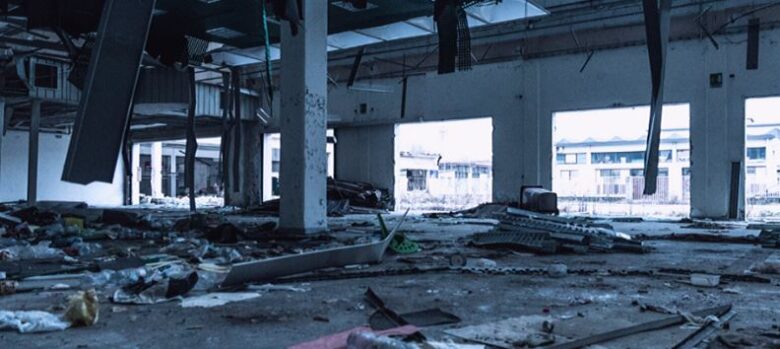A Proactive Tornado Plan for Your Business
There’s a lot to like about spring and summer: more sun, later sunsets, and warmer temperatures. Unfortunately, these seasons bring tornadoes with them. Do you have a proactive tornado plan for your business?
You take care of employees, customers, and your facilities when you have the right strategy. On top of that, your business has a better chance of surviving when you prepare for tornadoes.
Over 1,200 Tornadoes Per Year
When it comes to tornadoes, you shouldn’t think, “Well, it won’t happen to me.”
For starters, the U.S. AVERAGES OVER 1,200 TORNADOES PER YEAR, which is far more than any other country. According to the Federal Emergency Management Agency (FEMA), MOST AREAS OF THE U.S. ARE AT RISK for tornadoes.
FEMA also says that after a natural disaster:
- 40% of small businesses won’t reopen.
- 25% of small businesses will close within a year.
- 75% of businesses without a continuity plan will fail within three years.

Emergency Planning: Before a Tornado Hits
First, know the difference between a tornado watch and a tornado warning:
- A tornado watch means the current weather conditions could lead to a tornado.
- A tornado warning means a tornado has been spotted in the area or detected by radar. This is serious, so find shelter.
Check with your wireless carrier to make sure you have WIRELESS EMERGENCY ALERTS (WEA) capabilities. If you have a compatible mobile device, you receive text messages for extreme weather emergencies.
Your tornado emergency plan should include steps for:
- Locating employees and customers
- Finding a safe place for shelter
- Securing hazardous materials (if you have hazardous materials onsite, that is)
A basement makes for a good shelter. If you don’t have a basement, use a reinforced safe room in the middle of your building.
Keep your designated shelter free of clutter. You want enough room for employees and customers when there’s an emergency.
After you designate a shelter, put together a disaster kit that includes the following:
- Batteries
- Blankets
- Can opener
- Closed-toed shoes
- Dust masks
- First aid kit
- Flashlight
- Phone, computer, and chargers
- Portable weather radio
- A three-day supply of food
- A three-day supply of water (one gallon per person per day)
You can store this kit in the shelter. Speaking of storing, you might want to move your business vehicles into a garage when there’s a tornado watch.
Ask these questions as you prepare your proactive tornado plan:
- Is it possible to prepare an alternative location if a tornado damages your primary location?
- Do you have reserve funds or insurance to cover your losses and transition time while you rebuild your facility?
- Have you talked to your bank about taking out loans in an emergency situation?
- Have you talked to your suppliers about extending lines of credit in such a situation?
Finally, make a plan for communicating with customers and employees after the tornado. If phones lines are down, you can get the word out through social media, your website, or the local news.
What to Do During a Tornado
Let’s assume you’re in the shelter. Avoid the corners of the room and stay away from windows. Strong winds can shatter glass and cause severe injuries.
Do you employ drivers? They could get caught in the middle of a serious storm.
When this happens, drivers should leave their car and try to find shelter or a deep depression in the ground. They should avoid bridges and highway underpasses because these can weaken and create falling debris.
Tornadoes travel as fast as 60 to 70 mph and can change directions, so no one should try to outrun them while driving.
What to Do After a Tornado
Hopefully, the tornado passes on and does little damage. Stay tuned to your local weather channel to find out if the storm has passed.
Check your surroundings and do what you can to help anyone who is hurt. LEAVE THE SERIOUS INJURIES TO MEDICAL PROFESSIONALS, and only administer CPR if you’re trained to do so.
Once you’re in the clear, reach out to your loved ones through text message or social media and let them know you’re okay. You may be tempted to call, but weather could prevent the call from going through.
Once it’s safe, inspect your property and look for:
- Downed power lines (report these to your utility company)
- Frayed wires, sparks, and other signs of electrical damage
- Gas leaks (you may need to turn off utilities)
- Spilled medicine, gasoline, and other flammable liquids
- Structural collapses
Here’s where the proactive planning pays off. At this point, you have a much better chance of keeping everyone safe.
Plus, you’ve addressed a possible business closure. That’s where the right insurance comes in.

